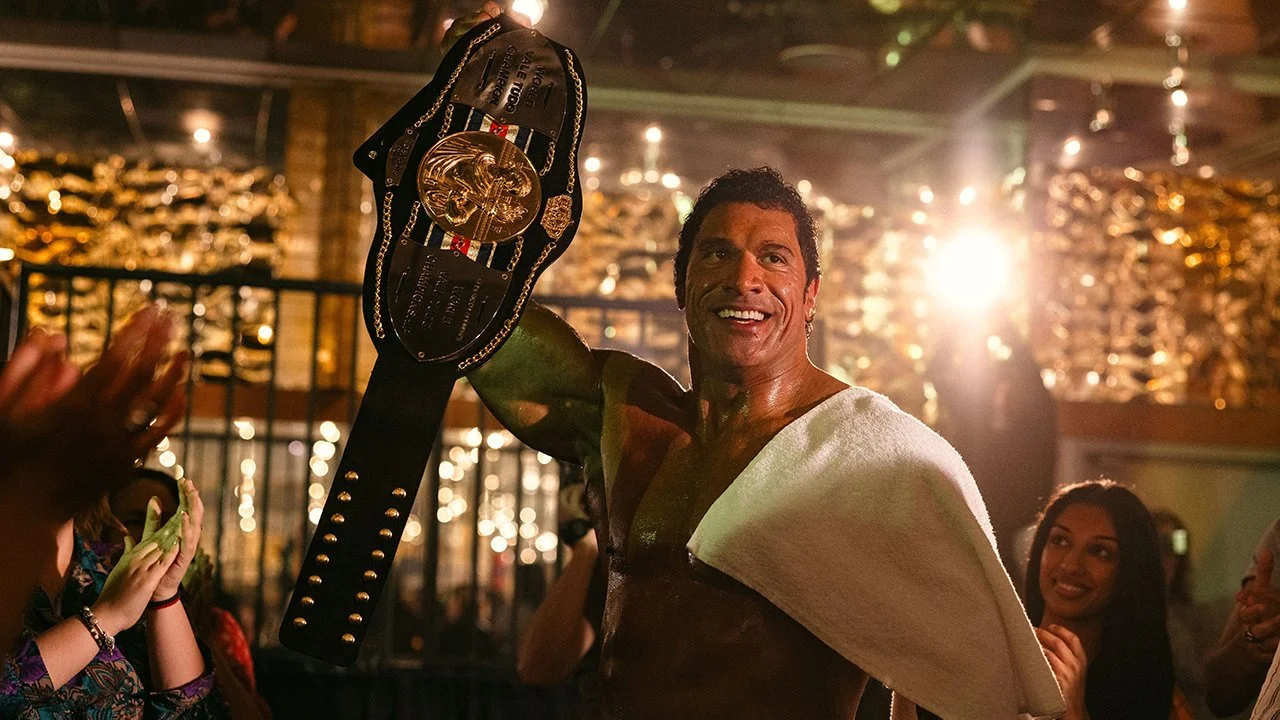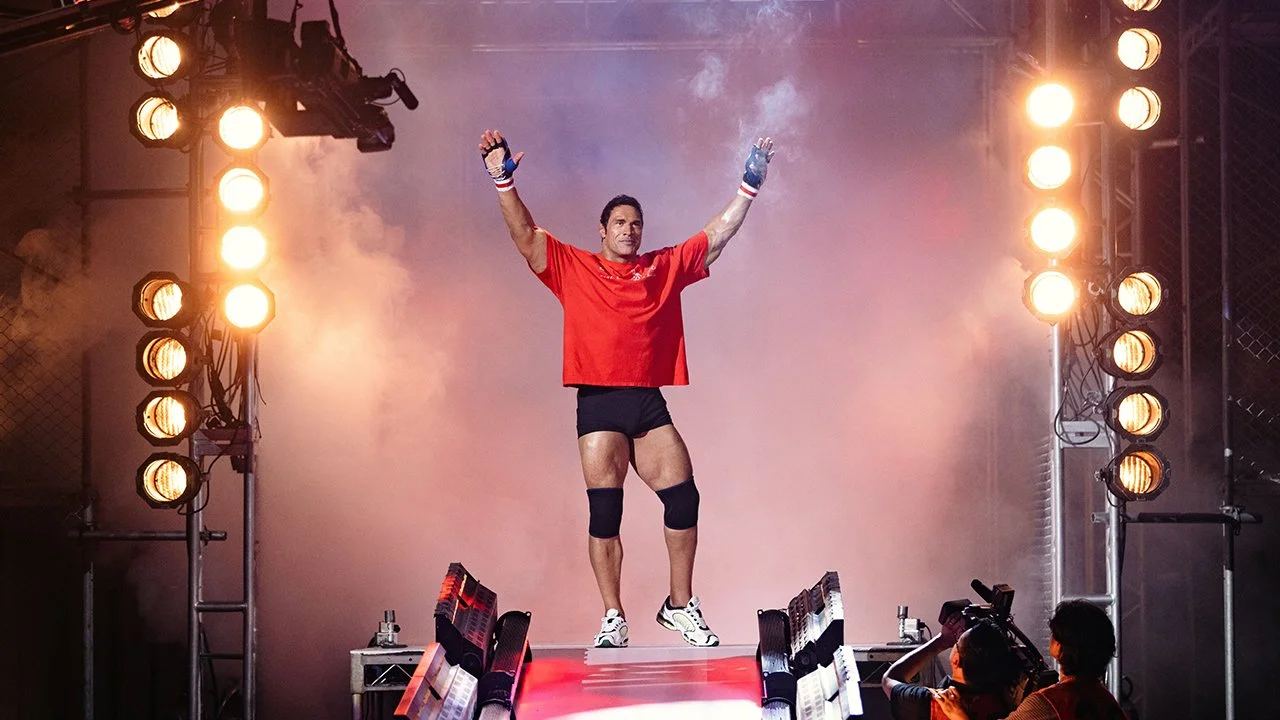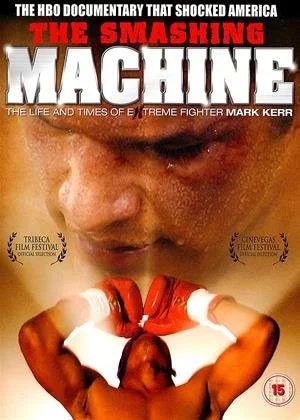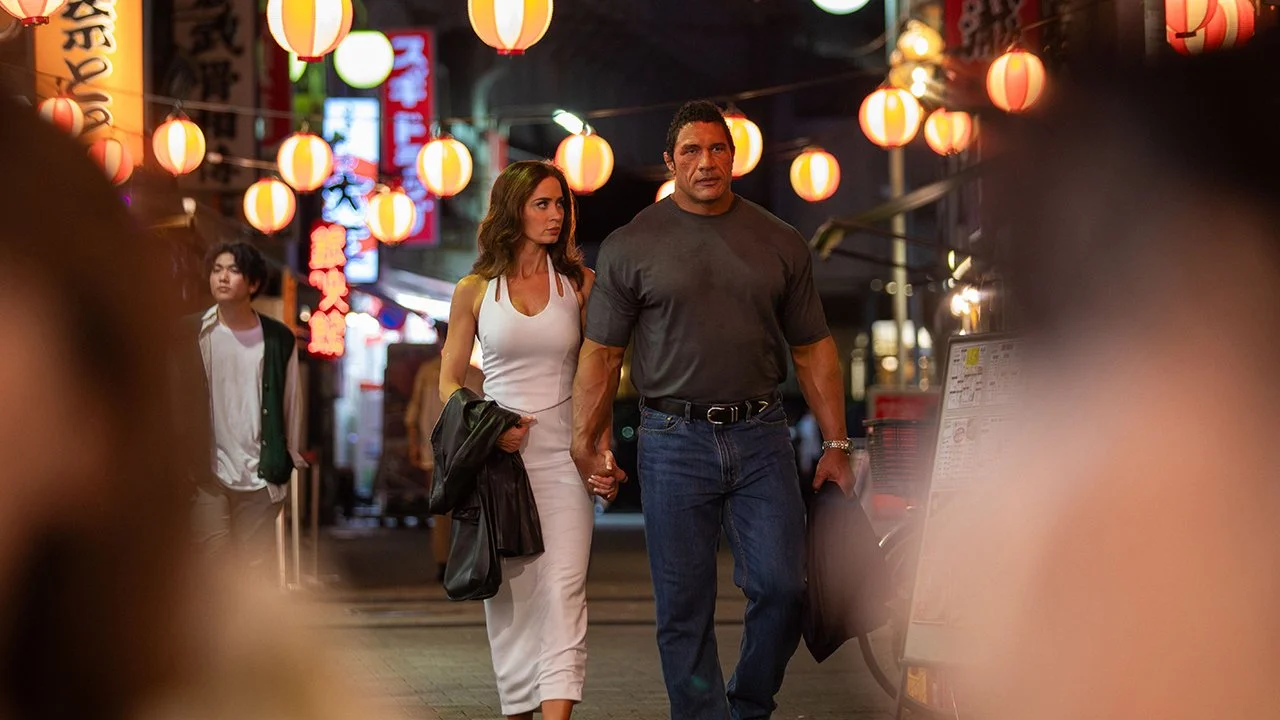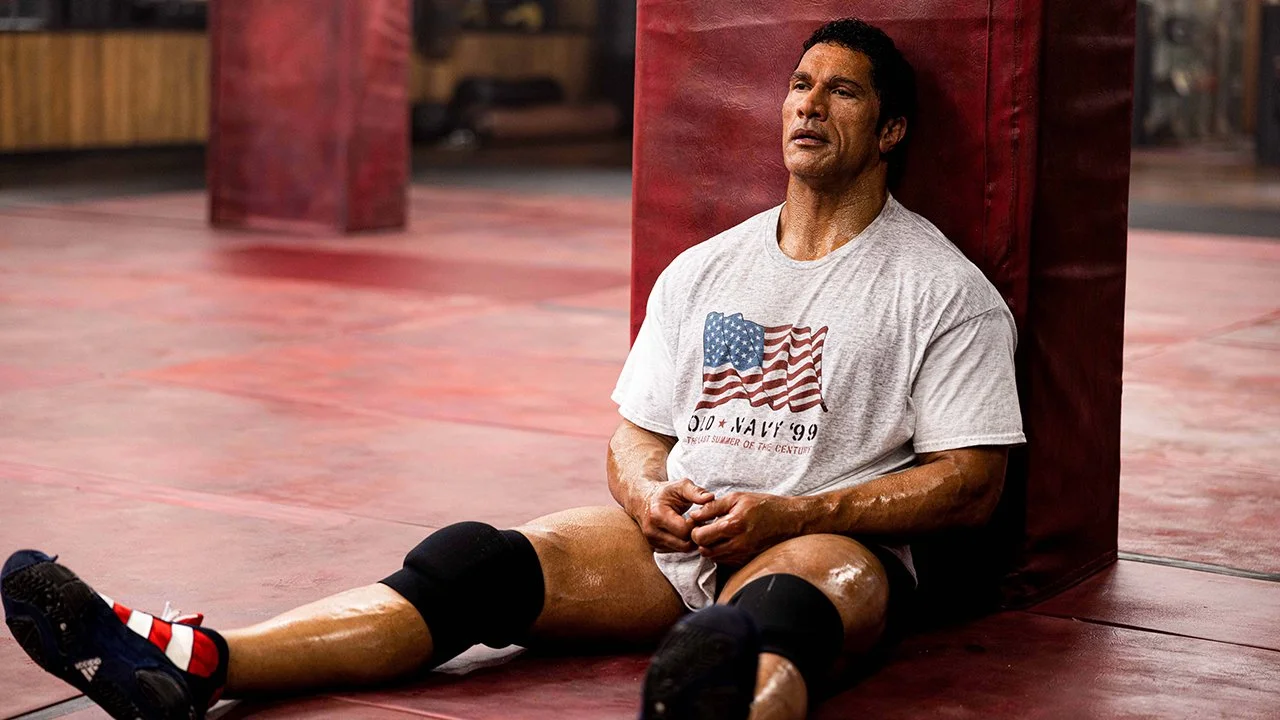Dwayne Johnson Delivers Career Best Performance in Benny Safdie's Brutal MMA Drama
The Smashing Machine, director Benny Safdie's solo debut from A24, arrives in theaters October 3, 2025, starring Dwayne Johnson and Emily Blunt in a visceral exploration of UFC Hall of Famer Mark Kerr's rise and fall. This isn't your typical sports biopic. It's an unflinching portrait of addiction, vulnerability, and the human cost of greatness that sees Johnson deliver the most transformative performance of his career, shedding his blockbuster persona to embody one of mixed martial arts' most complex pioneers.
Dwayne Johnson Disappears Into Mark Kerr
As impossible as it sounds, you genuinely forget you're watching Dwayne Johnson for the majority of this film. Adding 40 pounds of muscle while simultaneously toning down the larger-than-life charisma that's defined his career for decades, Johnson completely inhabits Kerr's sensitivity and inner turmoil. The physical transformation alone is staggering, Kazu Hiro's prosthetic work ranks among the finest I've seen, seamlessly altering Johnson's recognizable features to capture Kerr's late-'90s appearance. But the real magic happens beneath the surface.
This is a man grappling with demons, not conquering them with a trademark eyebrow raise and smirk. Johnson strips away every defense mechanism, every protective layer of the "alpha male" archetype he's built his career on, and what emerges is raw, wounded, and achingly human. When Kerr battles through painkiller addiction while trying to maintain his dominance in the octagon, Johnson makes you feel every moment of that internal war. This isn't just his best performance to date, it's a complete reinvention that announces a new chapter in his artistic evolution.
A Story About Survival Outside the Ring
While The Smashing Machine features brutal, beautifully choreographed fight sequences, Safdie understands that Kerr's real battles happened everywhere else. This is fundamentally a film about addiction, about the impossibility of succeeding alone, and about the messy, complicated necessity of human connection. The message resonates clearly: we need people, we need support, and we must allow ourselves to be vulnerable and hopeful, even when, especially when, we're perceived as invincible.
Emily Blunt matches Johnson's intensity as Dawn Staples-Kerr, and their domestic arguments carry the same weight and choreography as the octagon fights. Safdie shoots these confrontations with the same documentary style distance he uses ringside, making us feel like intruders witnessing something deeply private. The couple's volcanic relationship becomes a second battleground, one where there are no referees and no tap-outs.
Capturing the Turn of the Millennium
Cinematographer Maceo Bishop and Safdie craft a visual language that immediately transports you to the embryonic days of extreme fighting. The film opens with a VHS quality aesthetic that perfectly sets the tone, this is the world before HD cameras made everything clinical and perfect. As the narrative progresses into higher resolution, the color grading maintains that late-'90s bloom and warmth, complete with the slightly oversaturated quality that defines the era's video footage.
This isn't mere nostalgia, it's essential world building. The production design by James Chinlund and costume work by Heidi Bivens ground us in a specific moment when MMA was still fighting for legitimacy, when fighters competed multiple times in one night for a few hundred dollars, when the sport felt dangerous and unregulated. Mark Kerr was competing during MMA's Wild West period, and every frame reflects that rawness.
The Jazz of Violence
One of the film's boldest choices is Safdie's use of jazz during fight sequences. Where conventional sports films might deploy pounding rock anthems or orchestral swells, the jazz here carries the improvisational, almost elegant brutality of these encounters. The music doesn't amp up the violence, it finds the rhythm in it, the unexpected beauty in two bodies engaged in combat. These moments feel less like action sequences and more like brutal dance, which somehow makes them more visceral and emotionally resonant than any traditional soundtrack could achieve.
The Documentary Foundation
For those familiar with the 2002 HBO documentary The Smashing Machine: The Life and Times of Extreme Fighter Mark Kerr, this feature will feel like a spiritual companion piece. That raw documentary captured lightning in a bottle, a film crew that arrived expecting to chronicle triumph and instead documented devastating collapse in real time. Safdie clearly studied that footage extensively, and the film's observational style and specific moments pay homage to those origins.
I'd strongly recommend checking out the HBO doc after seeing this film. The original documentary's unvarnished footage provides context for just how authentic Safdie's recreation feels, and it highlights the specificity of Johnson's performance. Watching actual Mark Kerr navigate these moments, then seeing Johnson channel that energy, deepens appreciation for both.
The Mark Kerr Prototype
Mark Kerr wasn't just another talented fighter, he was the first MMA athlete to approach the sport with true professionalism. His wrestling pedigree (three-time Eastern Intercollegiate Wrestling Association champion, NCAA Division 1 champion, World Cup medals) combined with his tactical approach to training created the template that modern MMA fighters now follow. He was the sport's first true ambassador at a time when many still dismissed MMA as barbaric.
This professional approach makes his fall more tragic. Kerr understood the science of the sport, the dedication required, the lifestyle necessary for peak performance and still, the physical toll and painkiller addiction nearly destroyed everything. The film captures this duality brilliantly. Mark Kerr was a man ahead of his time in some ways, desperately struggling in others.
Will Non-MMA Fans Connect?
Here's my lingering question: how will audiences unfamiliar with combat sports receive this film? Kerr's story is unique within MMA history, but does it resonate beyond that context? I believe it does, because Safdie never loses sight of the universal themes. This is fundamentally about a person trapped between who they are and who they need to be for their profession, about addiction destroying someone from the inside while they maintain an invincible exterior, about love enduring despite catastrophic circumstances.
The documentary-style camerawork that Safdie employs, staying outside the ropes during fights, never cutting away from the brutality, using long lenses to capture intimate moments from a distance, creates an observational quality that draws you into Kerr's world regardless of your MMA knowledge. You don't need to understand the technical aspects of MMA to feel the emotional weight of watching someone sacrifice their body and soul for fleeting glory.
Technical Excellence Across the Board
Beyond Johnson's revelatory performance, this is a masterclass in craft. Greg Rementer's stunt coordination prioritizes authenticity over spectacle, with real MMA fighters (Ryan Bader as Mark Coleman, Oleksandr Usyk as Igor Vovchanchyn, Bas Rutten playing himself) bringing legitimacy to every frame.
The makeup effects deserve special mention. Johnson reportedly sat through three to four hours of application daily, with up to 15 prosthetic pieces for his face and body. The result is seamless. Bruises accumulate realistically throughout fights, swelling builds gradually, and Kerr's appearance shifts authentically from pristine to battered. This isn't Hollywood glamour violence, it's the real cost of combat.
Final Verdict
The Smashing Machine announces Benny Safdie as a major solo directorial talent while simultaneously revealing depths in Dwayne Johnson that most audiences have never glimpsed. This is difficult, uncompromising cinema that respects its subject matter and refuses to simplify addiction, relationships, or the early days of MMA into easy narratives.
Whether you're an MMA die-hard or someone who's never watched a fight, this film earns your attention through sheer craft and emotional honesty. It's a portrait of American masculinity at its most vulnerable, a love story about two people destroying each other because they don't know any other way to love, and a reminder that beneath every champion's armor is a human being trying desperately not to break.
Go see The Smashing Machine in a theater. Then find that HBO documentary. Both tell the same story, but together they illuminate something profound about transformation, loss, and the brutal poetry of fighting, both in the ring and in life.

